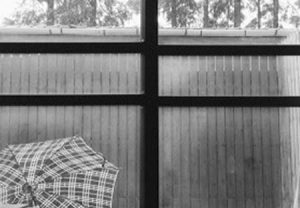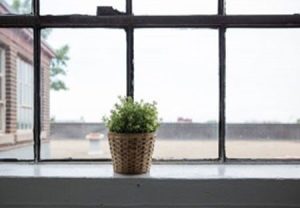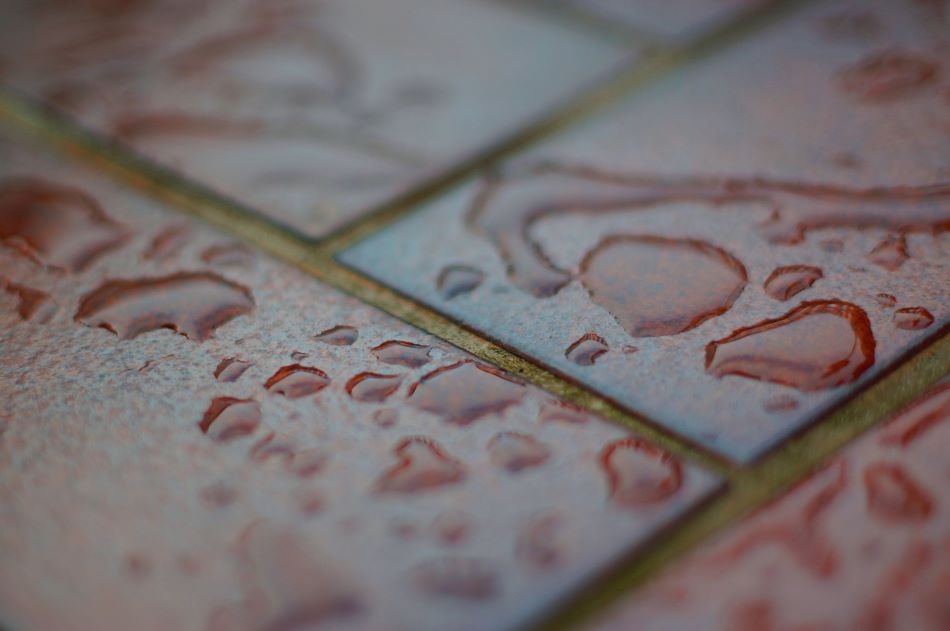Roof, Water tank waterproofing, External walls, Bathroom, Internal walls are the main areas you should look for to make your home waterproof | Drfixit Waterproofing Solutions
A home is foremost a safe shelter for its inhabitants. If your home is not waterproofed, it negates the very purpose of a safe haven that you can come back to each day. So how can you create a waterproofed home? Essentially, barring the foundation, which has to be sturdy, strong and waterproofed, there are five key areas that you should take care of, when you consider waterproofing your home.

1. The roof:
The terrace or roof of a home is constantly exposed to the elements. If it is not waterproofed, the chances of leakage are high, as rain water can seep down into the rest of your home. Conventional methods of terrace waterproofing include brickbat coba or mud phuska. They are rigid and do not move with temperature variations, resulting in cracks and can cause seepage. Instead, use the Dr. Fixit Newcoat range of solutions for waterproofing the roof and open terrace areas.
2. Water tank waterproofing:
Water tanks have to be completely waterproofed, especially if they are on the roof of the house. This ensures that water doesn’t weaken the concrete, and also protects the home from leakage from the tank. For waterproofing the inside of a tank you must consider an acrylic cementious waterproof coating or a 2-component epoxy waterproof coating. Dr. Fixit Pidifin 2k is a thorough, 2-component water proof coating perfect for waterproofing overhead water tanks. It is also safe for potable water.
3. External walls:
Like the terrace, external walls are exposed to the elements, especially harsh sunlight and rains. If the walls are not waterproofed, water can slowly seep in and damage the internal walls. Instead of a fresh coat of paint, to beautify your external walls, try an all-in-one solution such as Dr. FixIt Raincoat, which waterproofs completely, and also comes in different colours, so that you don’t need an additional coat of paint after waterproofing.

4. The Bathroom:
Bathrooms are wet areas, and if the tiling has not been done carefully, the dampness and moisture in the bathroom can slowly damage your walls. Aesthetically, damp patches can lead to flaking paint – definitely not a pretty sight; but from the point of view of safety too, dampness should never be allowed. The Dr. Fixit Bathseal products guarantee leak free bathroom waterproofing.

5. Internal walls:
When water seeps in, tell-tale signs first appear on the internal walls. The most common sign of water ingress is damp patches on the internal walls which are a cause for concern, and if left untreated they can cause harm and damage to the walls of your home. Use Dr. Fixit Dampguard for mild to severe dampness in internal walls.
When you are building a new home, ensure that you use quality products, meant for each of these areas. In addition, Ground surface treatment adjacent to the building should be done to direct surface water away. Waterproofing ensures that you live life stress-free in your Happy Home!
